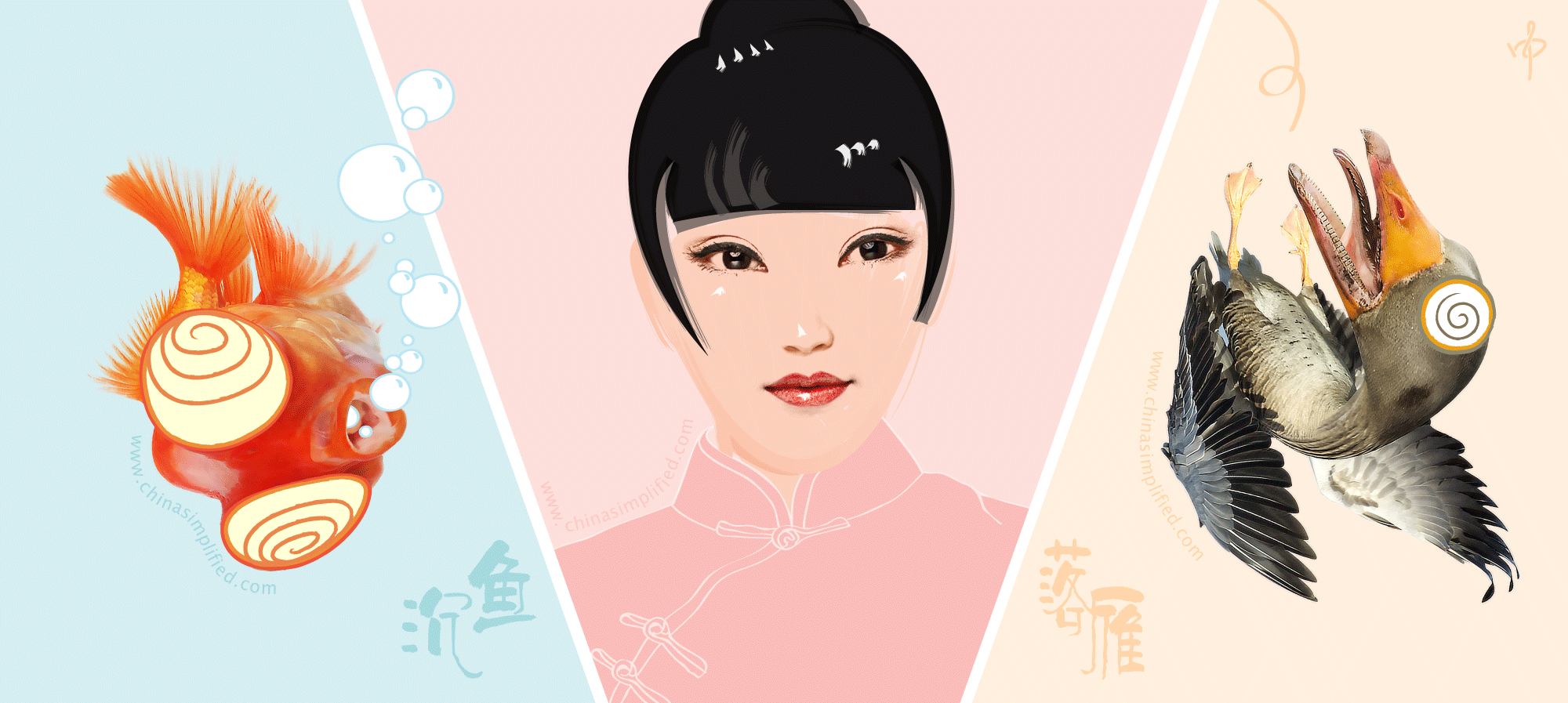China is well-known for its many colorful dishes. You know, the types of Chinese foods like pigs organs, stinky tofu, snake blood and other “delicacies” your local friends enjoy challenging foreigners to eat. But what about when we’re not feeling so adventurous? Here are some Chinese dishes which might, at least temporarily, satisfy your longing for home.
When traveling around the world, the dauntless among us seek out all things new, different and exotic, while the homebodies gravitate towards the predictable. Even in foreign lands, when we switch on our inner sensor for familiar tastes and textures, we can almost always find things to please our palates. We’re not talking about the M-K-S (McDonalds, KFC, Starbucks) triumvirate. We’re referring to surprising commonalities between cultures, and in this post, food in particular.
We’ve collected seven Chinese foods for you to try when you have a strong craving in China for something from back home:
1. Filling sealed in dough

饺子 jiǎozi
Most often filled with meat and vegetables then boiled, steamed or pan fried and dipped in soy-vinegar or other sauces. Origin: Eastern Han era.
Ravioli
Contains meat, cheese, seafood, vegetables or other tasty fillings depending on region and its specialties. Origin: 14th Century Italy & elsewhere.
2. Meat on a stick

肉串儿 ròu chuàner
Traditionally lamb or other meat on skewers roasted over charcoal then served with spices and seasonings. People in China mostly associate ròu chuàner with Xinjiang.
Satay
Seasoned meat skewered and grilled served with peanut & other sauces in Indonesia, Malaysia & Singapore; similar types also found in Middle East, Central Asia and Japan.
3. Thin pancakes with filling

煎饼果子 jiānbing guǒzi
Mung bean flour & egg pancakes filled with coriander, scallions, pickled greens and more. A popular breakfast food from Beijing.
Crêpe
Thin flour pancakes filled with a wide variety of ingredients. Origin: French & elsewhere in Europe.
4. Noodles in meat sauce

炸酱面 zhájiàngmiàn
Noodles most commonly in a minced pork sauce with seasonings. It has its origins in Northern China. Jajangmyeon, a Korean dish with a very similar sounding name is influenced byzhájiàngmiàn.
Bolognese pasta
Noodles or other wheat pasta covered in a rich tomato-based meat sauce. Origin: 18th Century Bologna.
5. Cured sweet sausages

腊肠 làcháng
Pork meat marinated in salt, white sugar & soy sauce then dried or roasted. Spicy, salty and other flavors across China. The sweet variety is most common in Guangzhou.
Chorizo
Coarsely chopped pork seasoned with paprika and other spices encased in pig intestines in both spicy and sweet varieties. Origin: Iberian peninsula.
6. Fried dough

糖糕 tánggāo
Deep fried sweet dough eaten as a snack. 油条 yóutiáo is another well-loved Chinese fried dough treat also popular in SE Asia.
Churro
Deep fried dough sticks, often eaten for breakfast with coffee. Many cultures have also created their own fried dough creations, e.g. beignets in New Orleans. Origin: Spain & elsewhere.
7. Chicken and rice cooked in a watery base

鸡粥 jīzhōu
Chicken congee is Chinese go-to comfort food to cure ailments as well as for everyday enjoyment. Many possible toppings including scallions and ginger. Zhōu is most commonly known as a Cantonese dish but it can be found on most breakfast tables around China.
Canja de Galinha
Chicken soup with cooked rice famous for its use as a cold remedy, as in other cultures. Origin: Portugal & Brasil.
The Great Food Debates
It’s official — China invented pasta. No argument there. The real mystery is: did Marco Polo bring macaroni back home from his travels??
The discovery of noodles at an archeological site in the Yellow River valley – which researchers are calling the “Pompeii of China” – have been radiocarbon dated back to 4,000 years ago.
Hold your horses. That article was posted a decade ago, which means, you guessed it, those noodles are already 4,010 years old! Beat that, Italy.
Granted, the Italians deserve plenty of credit for the depth and breadth of their pasta innovations, some of which were likely invented long before Marco Polo trekked across the desert and explored the Middle Kingdom. In the Spaghetti Museum in Pontedassio, documents refer to specific pastas by name well before the intrepid Venetian returned home around 1292. So it appears Italy can, with confidence, continue to claim its most beloved dishes. Meanwhile, even bigger food debates rage around the globe which show no sign of resolution.









